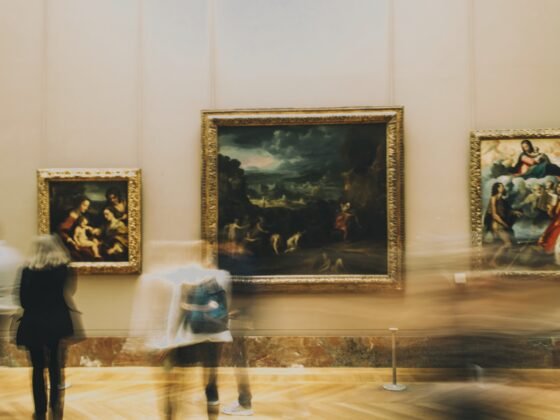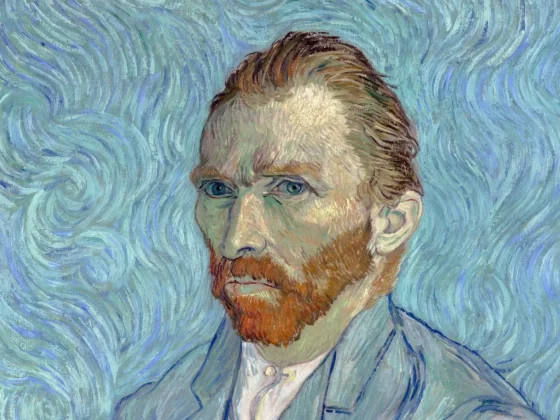Jackson Pollock, an American artist renowned for his groundbreaking contributions to the world of abstract art, stands as a towering figure in 20th-century artistic history. His unique and revolutionary approach to painting, often referred to as “drip painting” or “action painting,” shattered traditional notions of art and introduced a new era of creative expression.
Early Life and Influences
Paul Jackson Pollock was born on January 28, 1912, in Cody, Wyoming. Raised in Arizona and California, he experienced a turbulent childhood, marked by family issues and personal struggles. However, he showed a strong inclination for art from a young age. After studying at the Manual Arts High School in Los Angeles, Pollock furthered his art education at the Art Students League of New York, a pivotal step that would significantly shape his artistic journey.
One of Pollock’s early influences was the Mexican muralist David Alfaro Siqueiros. Working as an assistant to Siqueiros, Pollock was exposed to the revolutionary techniques of mural painting, which later played a crucial role in the development of his signature style.
Drip Painting and the Birth of Abstract Expressionism
The breakthrough in Pollock’s career came during the 1940s when he began experimenting with his iconic “drip painting” technique. Rather than using traditional brushes or tools, Pollock would pour, splatter, and drip paint onto large canvases on the floor. This innovative approach allowed him to achieve a level of spontaneity and emotional depth that was unprecedented in the art world.

Pollock’s works were characterised by a lack of defined subjects or figurative elements, instead focusing on the raw, unfiltered expression of his emotions. His pieces often appeared chaotic, with a frenzied energy that reflected his inner turmoil and the larger social and political context of the time.
Recognition and Controversy
Pollock’s groundbreaking work did not go unnoticed, and he quickly gained recognition in the art world. His “drip paintings” became synonymous with a new artistic movement known as Abstract Expressionism, which aimed to convey emotions and ideas purely through the language of art. Pollock’s “Autumn Rhythm” and “Number 1A, 1948” are iconic examples of his abstract expressionist style.

Despite his success, Pollock’s life was marred by personal challenges, including struggles with alcoholism and mental health issues. His relationship with the art world and the public was complex, as he grappled with the fame and scrutiny that came with his innovative work.
Enduring Legacy
Jackson Pollock’s impact on the art world is immeasurable. His contributions to abstract expressionism laid the foundation for future artists to explore their innermost thoughts and feelings through their work. The “drip painting” technique, which he pioneered, remains a significant and influential aspect of contemporary art.

Pollock’s art continues to be celebrated in major museums and galleries worldwide. His paintings have fetched astronomical prices at auctions, cementing his status as a revered artist. The legacy of Jackson Pollock lives on, inspiring generations of artists to push the boundaries of creativity and embrace the power of abstract expression.












